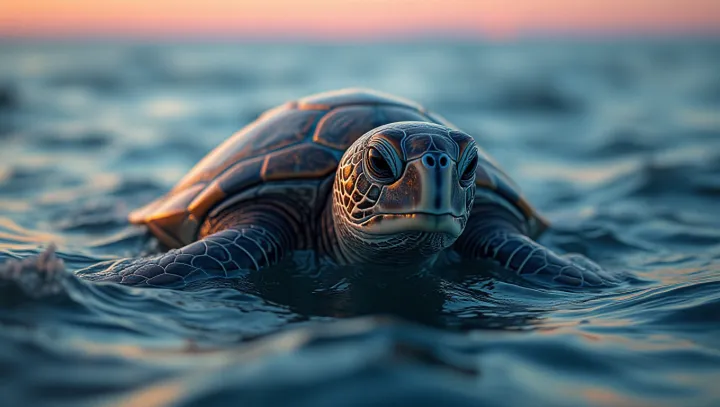Turtles: Living Fossils of the Aquatic World

On the shores of Queensland, Australia, a remarkable discovery has captured the attention of the global scientific community: the enduring presence of sea turtles, widely known as living fossils. These majestic creatures have survived since the time of the dinosaurs, offering a living glimpse into the ancient world. Sea turtles, with their nearly unchanged morphology over millennia, serve as a testament to nature's resilience.
According to Dr. Emily Collins, a marine biologist at the University of Queensland, 'The persistence of these reptiles through cataclysmic changes highlights their adaptive evolutionary strategies.' Their continued survival in oceans grappling with modern threats such as climate change and pollution is a focal point for evolutionary studies. Turtles are pivotal in maintaining marine ecosystems, acting as grazers on seagrass beds and balancing food webs.
Their migratory patterns also play a crucial role in oceanic nutrient cycling. The ongoing study of these reptiles is crucial, not only for conservation efforts but also for understanding the broader implications of ecological stability amid environmental transformations. With global temperatures rising, the turtle's adaptability is under scientific scrutiny.
By analyzing genetic resilience, researchers hope to unlock broader ecological insights that could inform strategies to safeguard marine biodiversity as climate challenges escalate.
